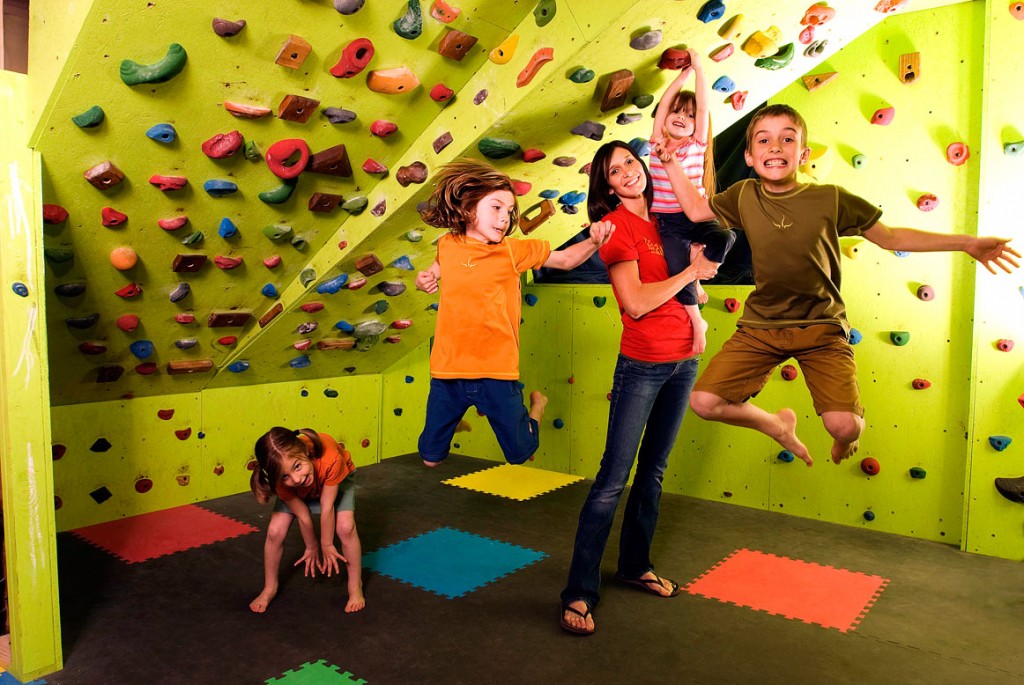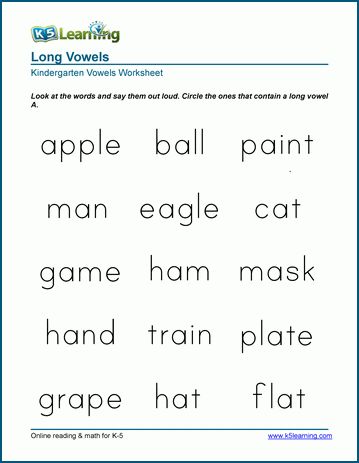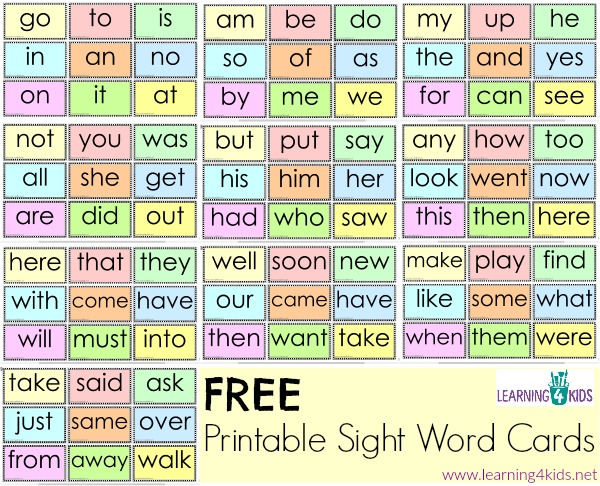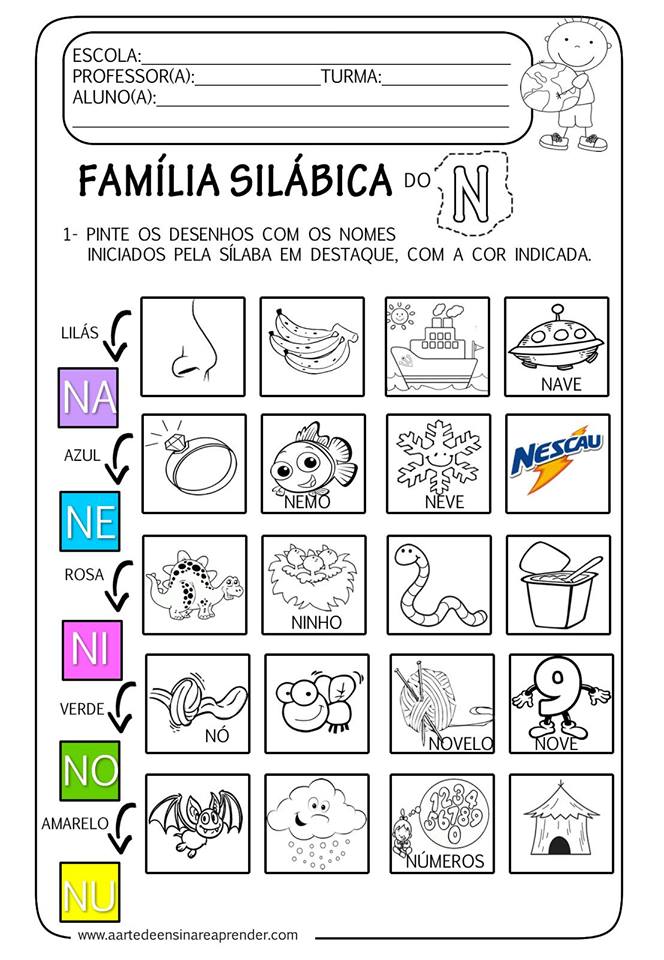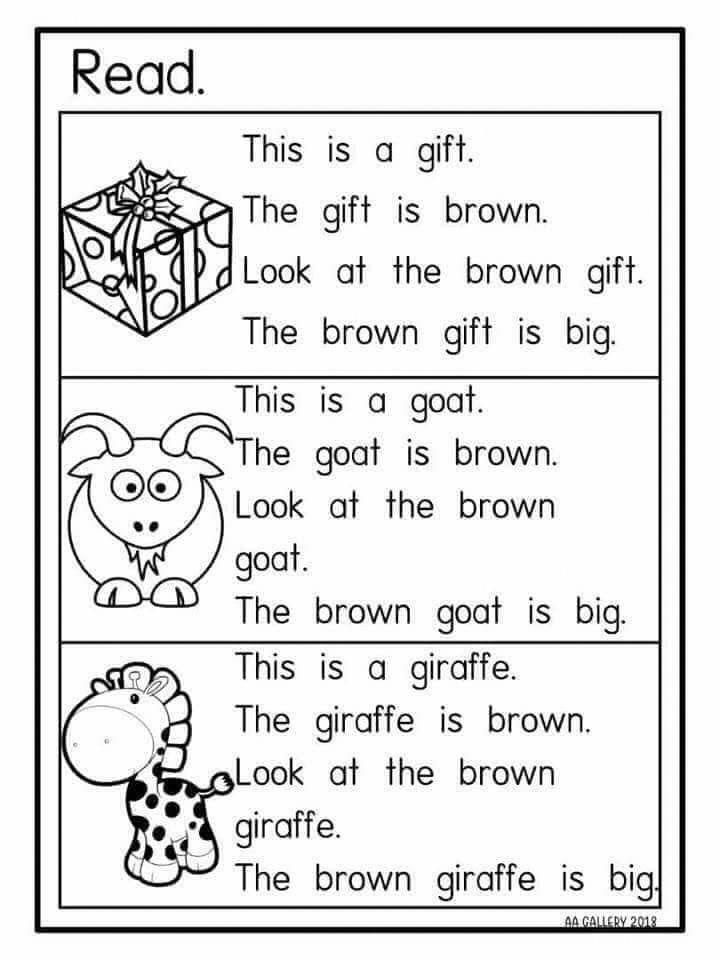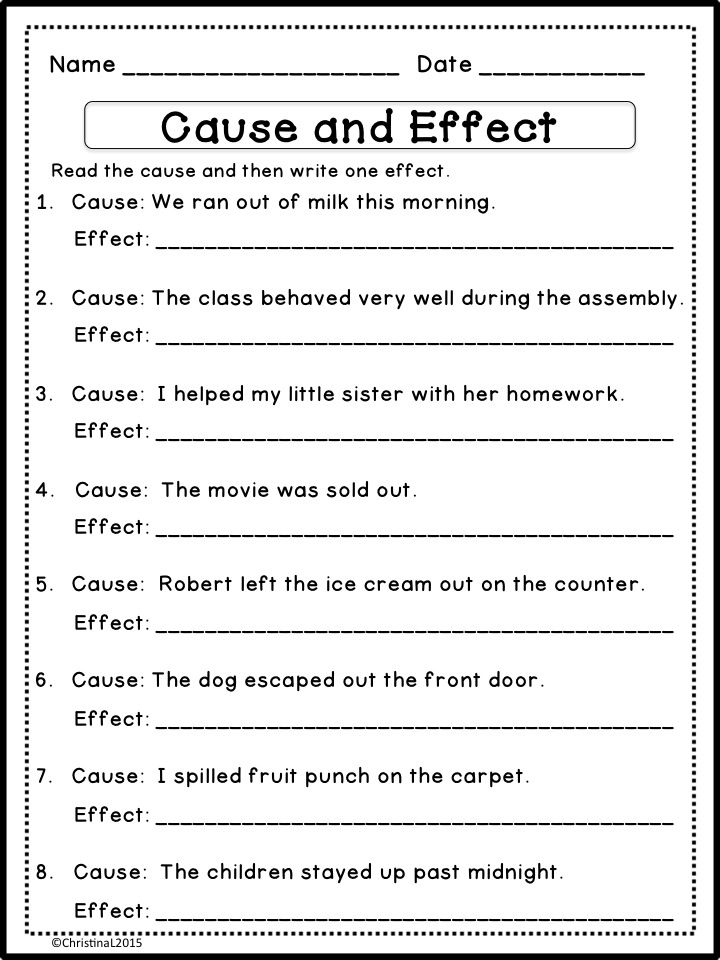Writing skills for kids
How To Improve Writing Skills For Kids: 14 Easy Tips
Writing — it’s an important form of communication and a key part of education. But in today’s technology-driven world, kids aren’t given many opportunities to practise and improve their ability to write. This leaves many parents wondering how to improve their child’s writing skills.
It takes time to develop strong writing skills, and it can be a tough task to accomplish. Thankfully, there are many things that parents can do at home to help improve children’s writing skills.
From fun activities to daily reading and writing sessions, these tips on how to improve kids’ writing skills will help your child build his or her skills in no time.
Improve your child’s communication skills with these simple and fun kids’ writing activities.
14 Activities To Improve Kids’ Writing Skills
-
Read Up
Regular reading is a stepping stone to better writing and helps kids’ strengthen their writing skills.
It helps expand children’s vocabulary and shows them different ways of using words. This also makes it easier for them to use these words in their own writing.
With younger children, make sure you’re reading together every day and encouraging their love of reading as they grow. Start reading early—many children who devour books grow up to become strong writers themselves. Tweet This
-
Make it Fun!
Play games and activities that encourage writing. Crossword puzzles and word games are great for everyone. Little ones will especially like the “write the word” game: where they search for items and write down the word when they find each item.
-
Create Writing Worksheets
For young children just learning to write, try creating a worksheet where they can trace letters and words. Write out letters and words, place another piece of paper on top, and have your child trace onto the blank piece of paper. You can also create a connect-the-dots game by having your child trace along dotted lines and then tell you which letter or word she or he finds.
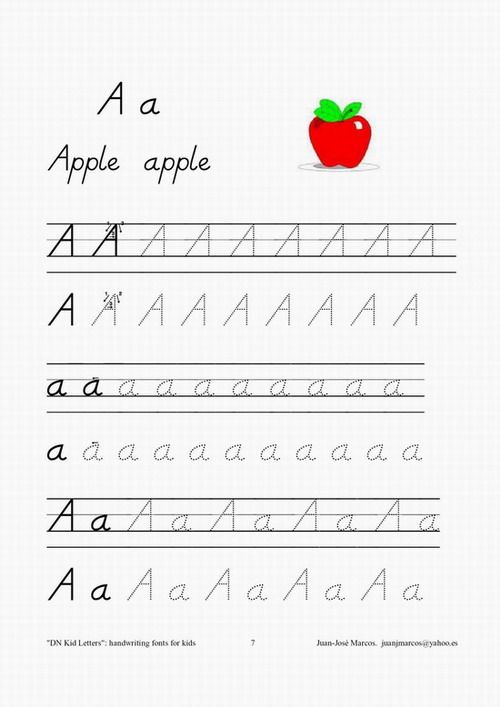
-
Try Different Materials
Switch it up by writing with something other than a pen or pencil. Sidewalk chalk on the driveway, finger painting, or a salt writing tray are all fun writing activities that will also help build kids’ writing skills.
-
Write Letters
Today, writing letters is a bit of a lost art. Encourage your child to write letters to friends or family members. Distant family members will especially love receiving handwritten letters and it’s a great way to work on improving writing skills for kids.
Pen-pals are also a fun idea, or you can even write letters to each other and leave them around the house to find!
-
Encourage Journalling
Keeping a journal is a great way to express thoughts and ideas while also working on improving children’s writing skills. Plan an outing to pick a fun journal with your child and encourage them to write in it as much as possible. Make it a part of his or her daily routine.
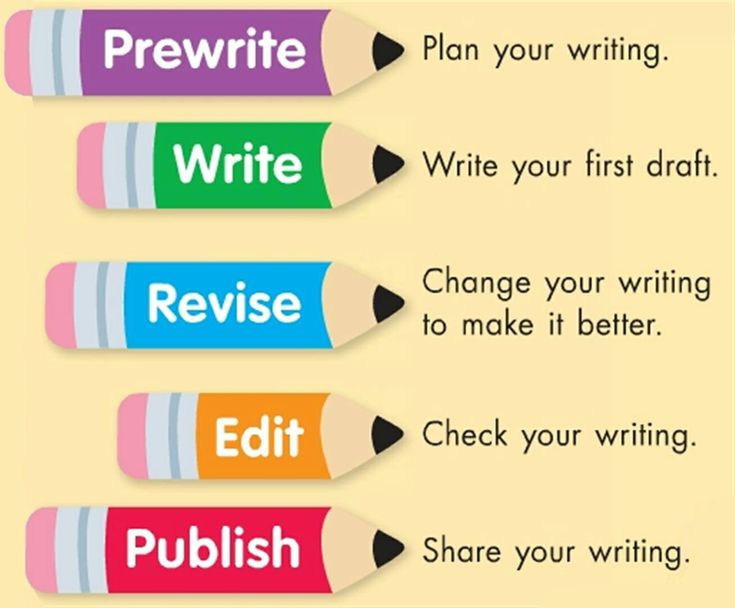
-
Create a Writing Space
Set aside a little corner in your house that is completely devoted to writing. Having an area dedicated solely to writing will help free your child from distractions so he or she can focus on practicing writing skills.
-
Invest Time
Make sure your child knows you’re available to help with spelling or proofreading whenever he or she needs it. When you make writing time a priority for you, it will make it easier for your child to improve his or her writing skills.
-
Connect Their Interests
Think about your son or daughter’s favourite book series. Or maybe he or she is obsessed with dinosaurs. Whatever his or her interests, connect them to writing. Have your child write a new short story about his or her favourite characters, or let him or her create a story all about dinosaurs.
-
Create Story Prompts
A fun way to improve kids’ creative writing skills is to have them write short stories.

Cut out pictures from a magazine with different characters or locations, or write down different words. Place these in a container or glue them to cards to use as writing prompts for creating a unique story. This also makes a fun activity for the whole family to join in.
-
Model It
There’s no better way to learn something than to see someone else doing it. Let your children see you writing, often. When writing is a normal part of your daily life, it will come more naturally to them. Anything goes: a simple grocery list or letter to the teacher, holiday or thank you cards, or even a sweet note to your child.
-
Use Technology to Your Advantage
There’s no getting around the fact that technology plays a huge part in our lives. Use it to your advantage by having your child create a blog. This can help your child work on improving his or her writing skills by encouraging frequent writing habits.
-
Make it Part of Your Daily Routine
Make sure there’s time each day to do some writing in one way or another.
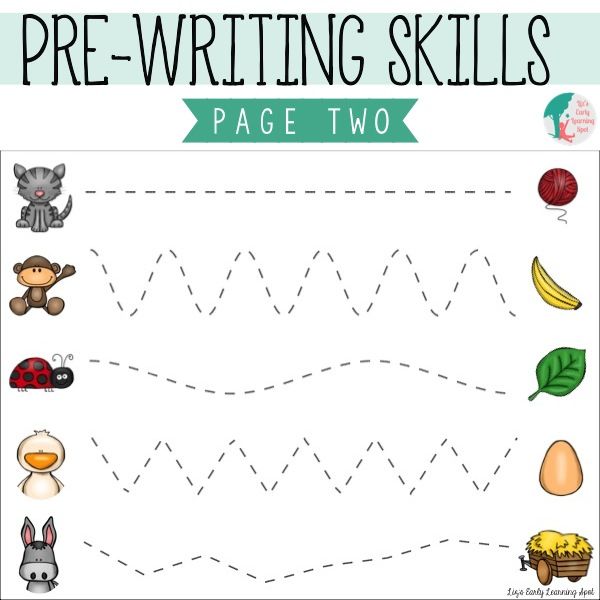 Whether it’s writing a grocery list, writing in a journal or composing a letter, practicing writing every day will go a long way to improving kids’ writing skills.
Whether it’s writing a grocery list, writing in a journal or composing a letter, practicing writing every day will go a long way to improving kids’ writing skills. -
Praise Their Work
Show lots of interest in your child’s writing and stories. Ask questions, celebrate when he or she brings home a good piece from school, and encourage his or her writing as much as possible.
Improving Writing Skills Can Be Fun
Writing is an important practical life skill. While developing great writing skills requires lots of time and patience, you can help your child with these simple writing exercises for kids.
Lots of reading, frequent writing time in a special writing area, and incorporating fun writing activities and games will all go a long way to giving writing skills a boost.
Need Extra Help?
If your child needs extra help improving his or her writing skills, Oxford Learning can help. Our English tutoring program helps develop kids’ writing and comprehension skills, from word recognition to paragraph writing.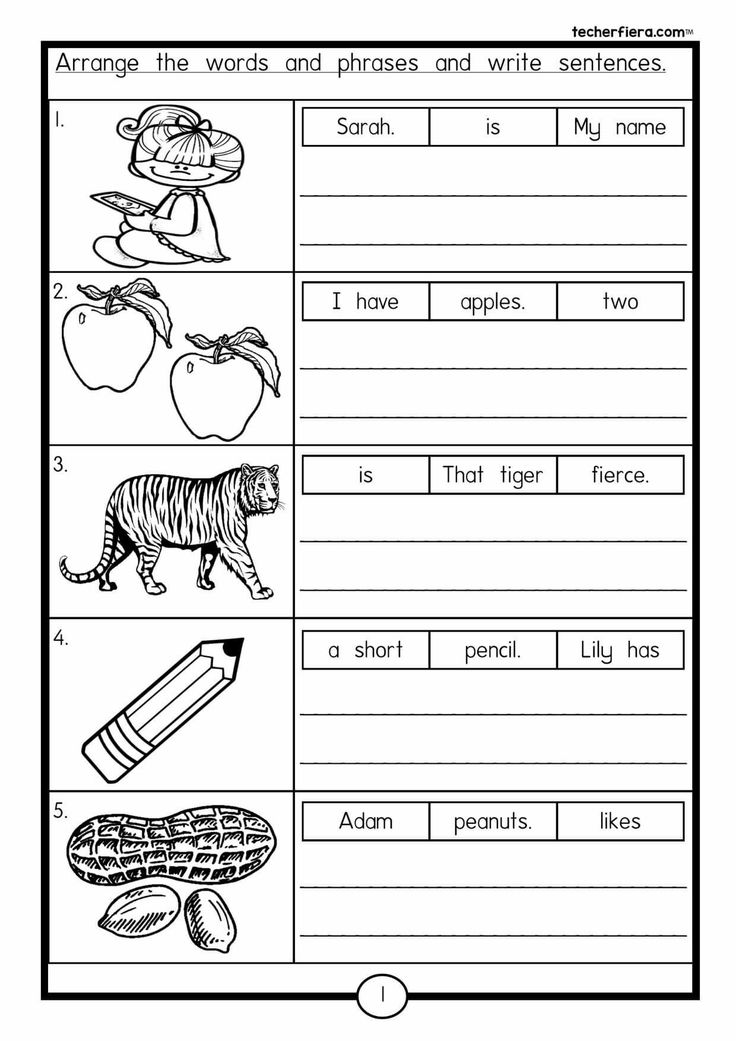 Contact us today!
Contact us today!
Related Resources
5 Reasons Writing By Hand Is Good For The Brain
Understanding Literacy & Your Child
5 Ways To Help Kids Learn At Home
6 Writing Skills Kids Need
Writing is one of the most difficult tasks for kids to learn. That's because a lot goes into expressing thoughts in writing, or written expression.
Here are six skills kids need for written expression, and what can help struggling writers.
1. Reading comprehension
One of the most basic skills for writing is reading comprehension — the ability to read and understand text. To write, kids first need to be able to sound out unfamiliar words (decoding) and instantly recognize many other words. Then they need to understand the meaning of strings of words, in sentences and in paragraphs.
Having a good vocabulary helps with this. But new vocabulary words are mostly learned through reading.
Without these skills, it’s difficult for kids to even start writing.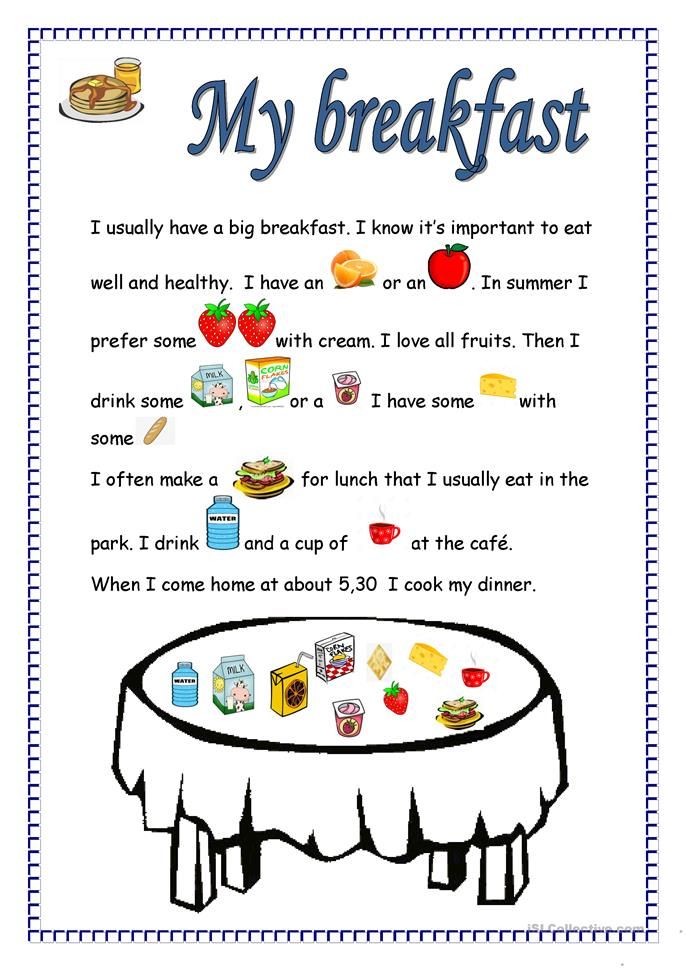 They will likely struggle with spelling and with creating text that’s meaningful. And they’ll have trouble revising and editing their work. Those tasks require re-reading closely to catch and fix mistakes or weak spots.
They will likely struggle with spelling and with creating text that’s meaningful. And they’ll have trouble revising and editing their work. Those tasks require re-reading closely to catch and fix mistakes or weak spots.
What can help: Technology can help kids who have reading challenges. For instance, if they struggle with sounding out words, text-to-speech can read aloud the words they’ve written. Some text-to-speech tools read aloud words as they type them, which can be really helpful when editing.
2. Transcription
Transcription is the physical act of producing words. This skill covers handwriting, typing, and spelling.
Kids can struggle with transcription in lots of ways. Some have messy or illegible handwriting, even after being taught. Others write very slowly by hand. And others might write legibly or type quickly and accurately enough, but they struggle to spell words without help.
Using a keyboard can often help speed up transcription. But for some kids, the very act of typing is a struggle and gets in the way of writing.
But for some kids, the very act of typing is a struggle and gets in the way of writing.
What can help: Multisensory instruction, or teaching in a way that uses more than one sense at a time, can sometimes improve handwriting. (Explore techniques to try.) So can tools like pencil grips. Assistive technology like a keyboard may help kids work around handwriting challenges.
For kids who struggle to type or spell, tech tools like dictation (speech-to-text) and word prediction can make transcription easier. Spellcheck is also a common tool students use in school.
3. Sentence construction
To write, kids have to know how to construct sentences that make sense. But kids often have a hard time understanding and using correct sentence structure.
They may not understand the placement of verbs or how verb tenses work. They may also use sentences that are too simple or incomplete. Or they may string a lot of ideas together into long run-on sentences.
Using correct punctuation (like commas and apostrophes) can be a challenge, too.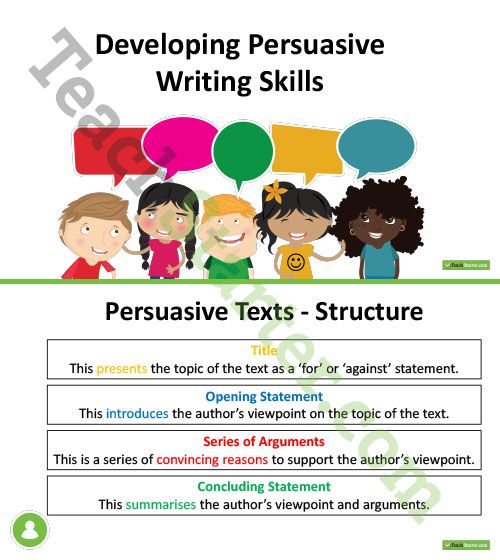 So can knowing when to use capital letters.
So can knowing when to use capital letters.
What can help: One way to help kids who struggle with this skill is by teaching them basic, practical knowledge. Things like the difference between a statement and a question, and the difference between a subject and a verb.
Kids need a lot of practice using this knowledge to write sentences. They might work on splitting and combining sentences, for example, and using sentence connectors like and or but.
4. Genre and content knowledge
Genre knowledge means knowing how to use different types of writing. If the assignment is to write a story, kids need to know what goes into the genre of narrative writing. It has to include setting (who, where, when) and plot (what and why).
Another example of a genre is the persuasive essay. To write one, kids need to use a position statement, reasons, facts to support reasons, and a conclusion that summarizes the main reasons.
Content knowledge means knowing something about the subject you're writing about.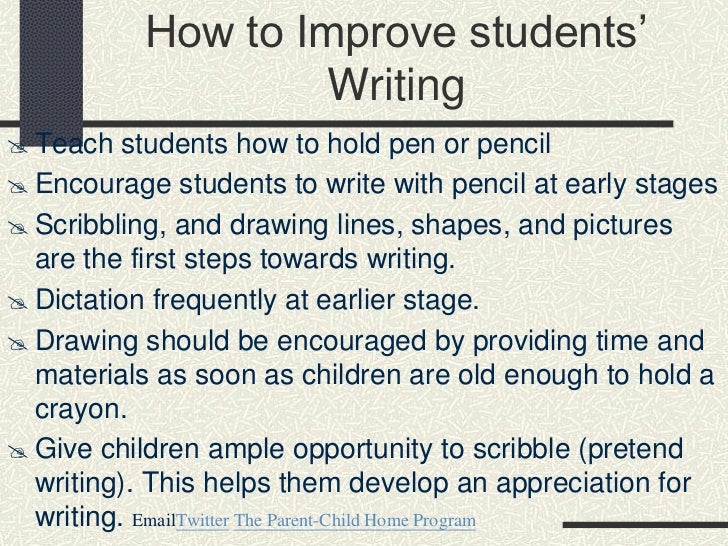 If asked to write a letter to a politician about pollution, kids need to understand what pollution is. They’ll also need to know how it affects people, animals, and the environment. And they may need to know what causes pollution.
If asked to write a letter to a politician about pollution, kids need to understand what pollution is. They’ll also need to know how it affects people, animals, and the environment. And they may need to know what causes pollution.
What can help: Many kids pick up knowledge about genre just by being exposed to it in school through reading. Others may need more explicit instruction. For example, they may need to be taught about the difference between biography and memoir, or fiction versus nonfiction.
To do that, find good examples of each genre. Then compare and contrast them with weak examples or examples not in that genre. You can also come up with a list of common elements that all the good examples share.
Many kids have holes in their general knowledge about the world. That can hurt their writing. You can help kids build background knowledge through reading, field trips, and family outings. Talk about what kids are learning before, during, and after the outing. Just meeting new people and trying new things improves background knowledge, too.
Just meeting new people and trying new things improves background knowledge, too.
5. Planning, revising, and editing
There’s a process to writing. You have to plan, revise, and edit work to express yourself well in writing. Researchers have found that good writers plan what to write in their heads or through brief notes before they write a first draft. That requires strong executive functioning skills, like and focus.
To write, kids have to juggle lots of ideas. Then they have to decide how to organize those ideas into paragraphs and an overall structure. This requires pulling the right knowledge from memory, like genre and content knowledge.
Kids also need to go back through what they’ve written to fix errors and make improvements so the message is clear. That requires understanding why and how to make changes to the text to make it better.
What can help: Kids can learn specific strategies about the writing process. For instance, the “hamburger” strategy helps kids plan a paragraph.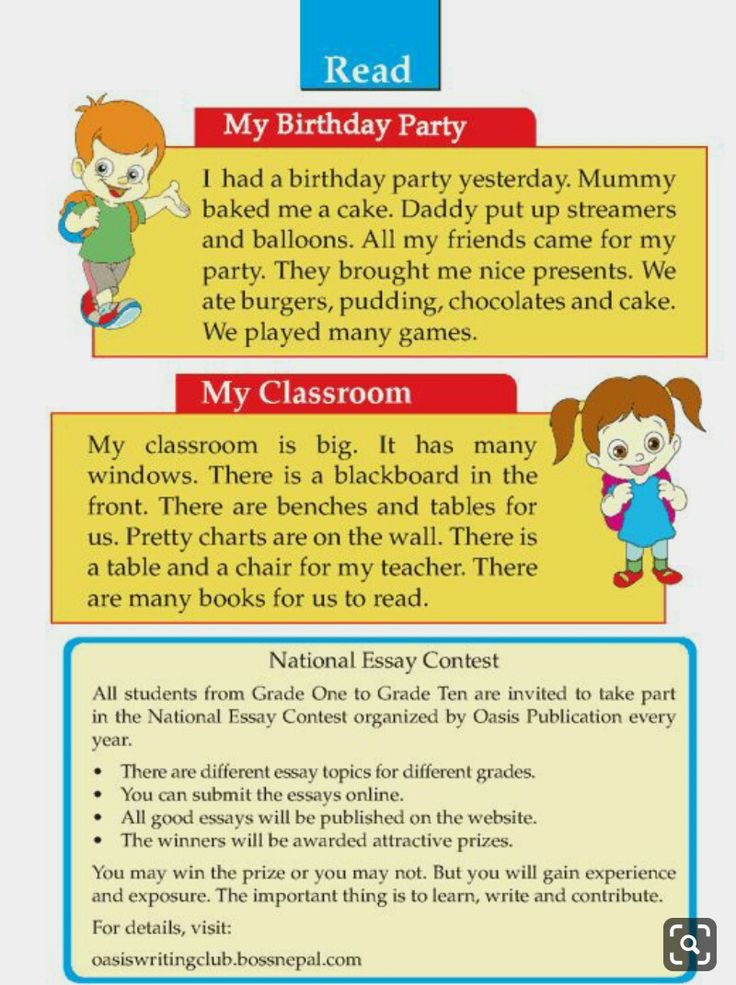 A paragraph needs a topic sentence (top bun), main idea (patty), supporting details (condiments), and a conclusion (bottom bun).
A paragraph needs a topic sentence (top bun), main idea (patty), supporting details (condiments), and a conclusion (bottom bun).
A “spider map” encourages kids to think of a topic with supporting details. A “T table” helps them brainstorm reasons for and against a certain issue. And a timeline can help kids map out a sequence of events for a story.
Graphic organizers use many of these strategies. These tools help kids visualize how to plan their papers. They also help kids generate content in an organized way.
Checklists can also help kids revise and edit their work. A checklist could include:
- Content (the quality and accuracy of ideas)
- Organization (how information is structured and flows from beginning to end)
- Language (the variety and precision of vocabulary and sentences)
- Appearance (spelling, capitalization, and punctuation)
6. Self-regulation
The ability to self-regulate plays a big role in writing. When you set a goal for how many words a paper should be and then check the word count as you write, that’s self-regulation.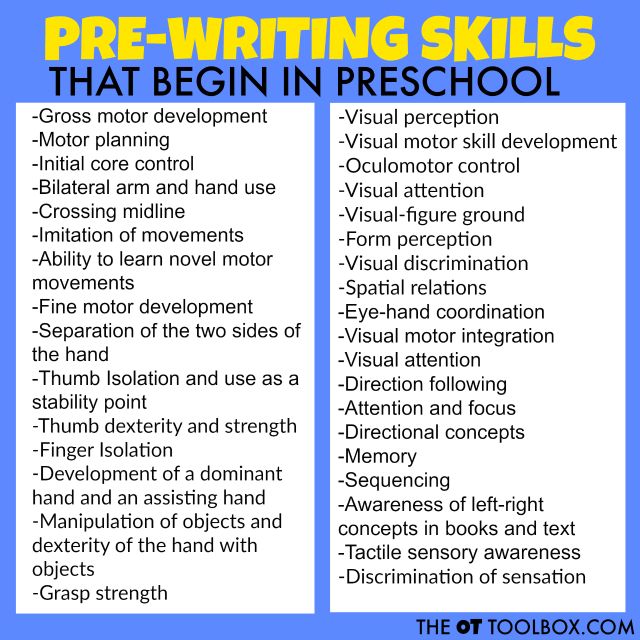 If you get to the end of a sentence, realize it doesn't make sense, and decide to rewrite it, that’s self-regulation.
If you get to the end of a sentence, realize it doesn't make sense, and decide to rewrite it, that’s self-regulation.
Here's another example. When kids get frustrated, they might give up on writing. But if they remind themselves that they’re making progress and can do it, that’s also self-regulation. Experienced writers do this naturally.
How kids view themselves as writers can impact their ability to self-regulate. Do they value writing? Do they feel competent? How motivated are they to write?
Self-regulation is hard for some kids. That’s especially true of kids with . Trouble with self-regulation can affect many of the other writing skills.
What can help: There are lots of strategies to teach self-regulated writing. You can teach kids to check each sentence of a paragraph once they’ve finished the paragraph. You can also encourage them to take breaks after writing a certain number of words.
Kids can also be taught to use positive self-talk to help with motivation. When writing, they could say to themselves, “It’s OK that this is hard because I know my effort will pay off.” The key to all these strategies is repetition and practice.
When writing, they could say to themselves, “It’s OK that this is hard because I know my effort will pay off.” The key to all these strategies is repetition and practice.
Key takeaways
Memory, focus, and self-regulation play a big role in writing.
Some kids need to be taught about what goes into different genres of writing.
Graphic organizers can help kids come up with and organize concepts while they write.
From scrawl to handwriting: how to develop writing skills in a child - Parents.ru
Development
- Photo
- Getty Images/Moment Open
teacher
Famous teacher Vasily Sukhomlinsky wrote: "The origins of children's abilities and gifts are their fingertips..." It has long been known that the development of fine motor skills is the development of the corresponding parts of the brain, the training of muscle memory, perseverance and attention, and preparation for learning to write.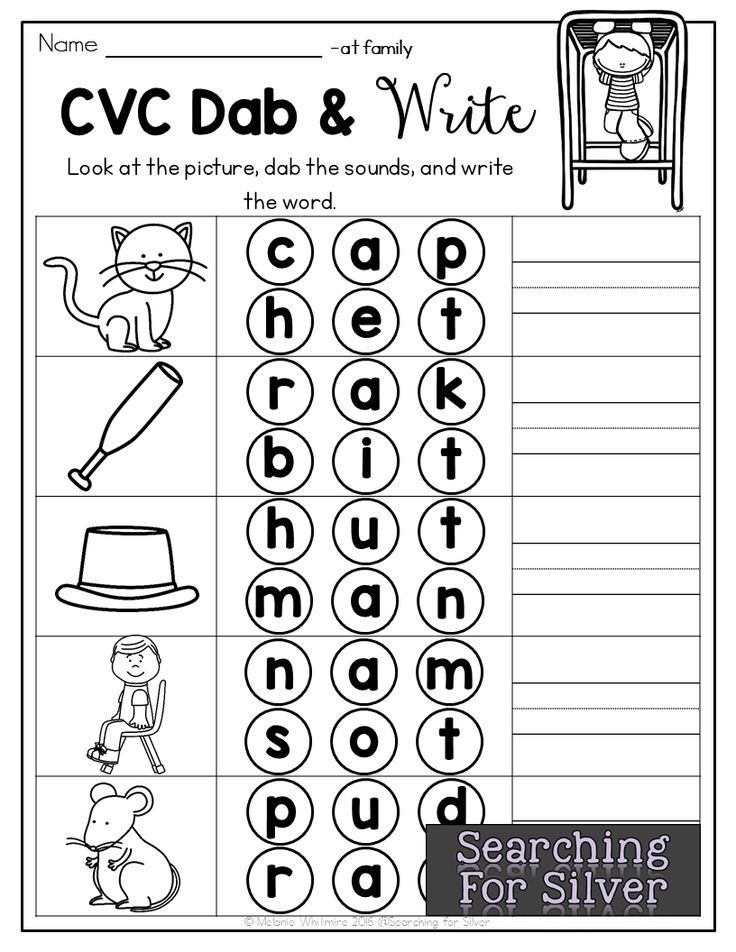 But here it is important not to miss the moment and do everything necessary to make it easy for a child to study in elementary school. Vladimir Bekhterev suggested teaching children how to hold a pencil correctly from one and a half to 2 years old - otherwise, in his opinion, graphomotor skills (movements of the writing hand) could be incorrectly fixed and potential abilities would fade away. When does it really need to be done?
But here it is important not to miss the moment and do everything necessary to make it easy for a child to study in elementary school. Vladimir Bekhterev suggested teaching children how to hold a pencil correctly from one and a half to 2 years old - otherwise, in his opinion, graphomotor skills (movements of the writing hand) could be incorrectly fixed and potential abilities would fade away. When does it really need to be done?
Good handwriting is formed not by those who learned to write capital letters before others, but by children whose hand and perception were correctly and in time prepared for learning to write!
There is a time for everything
The formation of hand movements begins gradually during the first six months of a child's life: the hand, tightly clenched into a fist, straightens, the fingers try to perform the simplest movements to grasp objects. However, before a child's hand begins to resemble the hand of an adult, a rather significant time passes.
-
From 10–11 months to , actions become functional: the child tries to use the object for its intended purpose. During this period, the actions of the hands are improved: the cam is unclenched, the fingers act more independently.
-
In the second year of , the baby does not just manipulate objects, but wants to find out what actions can be performed with them.
-
The third year is determined by the fact that the child actively and purposefully begins to use objects for their intended purpose and experiment with them. The child's hands are in constant motion, at work.
-
At the age of four years old the child finds himself in a kindergarten among many games and didactic materials. With his hands, he begins to master sensory "standards": size, length, shape, surface structure. The baby goes from sensation to perception, from perception to representation, from representation to understanding.
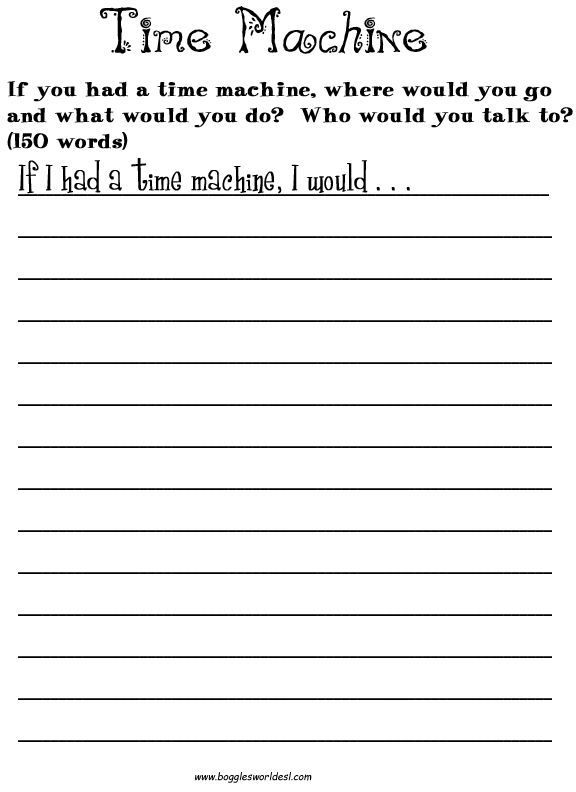
-
In the fifth year of life, previously acquired skills are improved, new interests appear. The kid is happy to demonstrate crafts made by his own hands, and talks about how they were made. If a child’s hand has been developed from birth, then he improves his “manual” skills: he masters more complex methods of folding, bending, winding and pouring, uses fabric, paper, wire, foil, auxiliary and natural materials, uses various tools and materials. An attractive activity is stenciling numbers and letters. This is the last step in preparing the hand for writing.
- Photo
- Katarzyna Bialasiewicz Photographee.eu/Getty Images/iStockphoto
Children under the age of 4-5 should not be given pens and felt-tip pens: in order to get a point or a line with them, you just need to lightly press.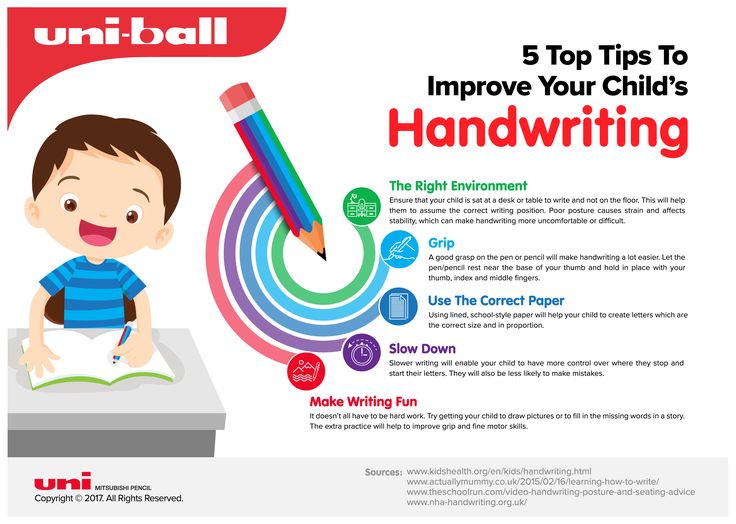 Drawing with pencils requires some effort, which forms the pressure necessary for further writing. It is best to use simple and colored pencils, brushes, wax crayons at an early age, and postpone pens and felt-tip pens until elementary school.
Drawing with pencils requires some effort, which forms the pressure necessary for further writing. It is best to use simple and colored pencils, brushes, wax crayons at an early age, and postpone pens and felt-tip pens until elementary school.
Where are your pens?
Writing is one of the most complex processes that a little man has to learn. The ability to write requires not only good development of the small muscles of the hand, coordination of movements, but also perseverance and patience. The development of these particular skills should be given special attention before moving on to writing capital letters, syllables and words. The better the child's hand is prepared for writing, the easier it will be for him to master the process itself later. What can help you?
-
Games for the development of tactile perception "train" the sensitivity of the fingers, helping them learn to identify such qualities of an object as softness and hardness, shape, weight, temperature, texture.
 “Recognition” by the child of objects by touch in the future makes it possible to hold the hand correctly, regulate the strength of its grip and improve muscle tone, which makes hand movements more accurate.
“Recognition” by the child of objects by touch in the future makes it possible to hold the hand correctly, regulate the strength of its grip and improve muscle tone, which makes hand movements more accurate. -
Massage is one of the types of gymnastics. It has a general strengthening effect on the muscular system, increasing the elasticity and contractility of the muscles. Hand massage helps to relieve motor tension in the muscles of the hands and develops the flexibility and mobility of the fingers.
-
Finger games play a special role in the development of fine motor skills. Finger games are the performance of rhyming stories and fairy tales with the help of fingers. They allow you to correct the movements of each finger individually and relative to each other, train the accuracy of motor reactions, develop dexterity, the ability to control your movements, and concentrate on one type of activity.
-
Work with the designer and mosaic is also aimed at improving the coordination of hand movements and the development of touch.
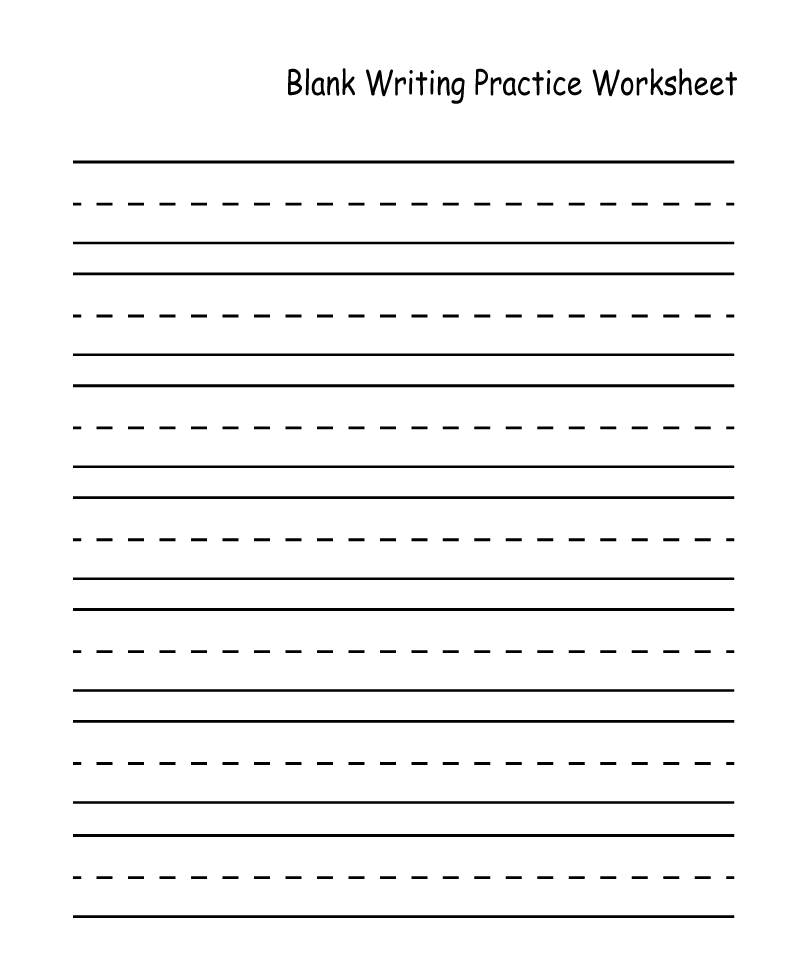
-
Modeling from clay, plasticine and dough develops fine motor skills well, strengthens the muscles of the fingers, develops “fine” hand movements, strengthens the skills of tactile examination (during the modeling process, something constantly needs to be kneaded, rolled or flattened).
-
Drawing improves the coordination of finger and hand movements, helps to overcome uncertainty and stiffness of movements. This activity is very useful and loved by all children! After all, you can draw in different materials and ways.
-
Physical exercises are good for training the small muscles of the hand. They are based on grasping movements and the dosage of hand strength and contribute to the development of accuracy of movements. Here are some examples of such activities. Games with gloves. Sew fabric Velcro onto the glove so that the thumb can stick to the others. Alternately "glue" the thumb to the rest of the fingers of the hand.
"Dry Pool" .
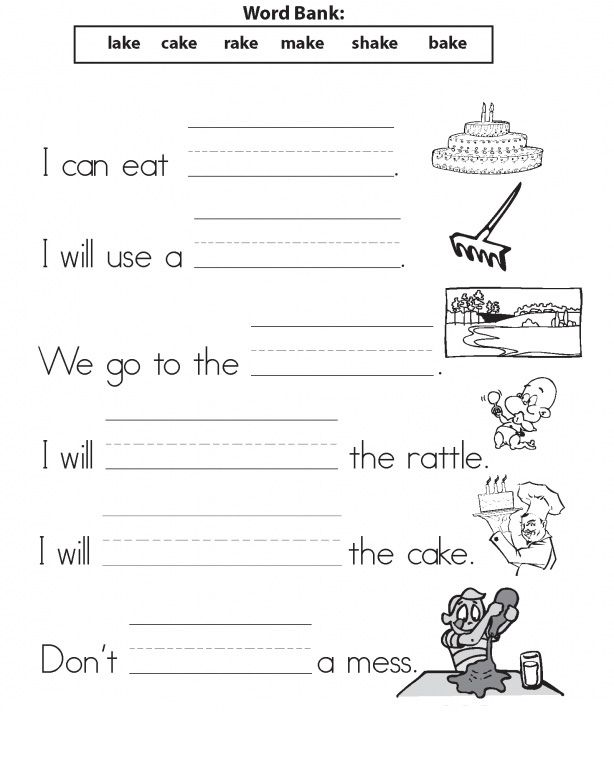 Fill a large container with cereals, beans, peas, beans, pasta, plastic stoppers, felt-tip caps, etc. Ask the child to put his hands in the "pool" and let him find the small toys hidden there.
Fill a large container with cereals, beans, peas, beans, pasta, plastic stoppers, felt-tip caps, etc. Ask the child to put his hands in the "pool" and let him find the small toys hidden there. Spool of thread games
Sock games
-
Fill small socks (or bags) with different grains. Let the baby crumple them with one finger, two and the whole palm. Such an activity is well suited for the development of tactile sensations;
-
sew large beads onto the socks, put the resulting massager on your hand and move it along the palm (back) of the child.
Toothbrush games . First rub the pad of each finger with a toothbrush, and then slowly lower to its base. At the very end, massage the entire palm.
Games with buttons, beads
-
Show your baby how to string large beads and buttons onto a fishing line, alternating them;
-
Play "skiers" by placing your index and middle fingers in the recesses of the large buttons and move around the table like a skier is walking.
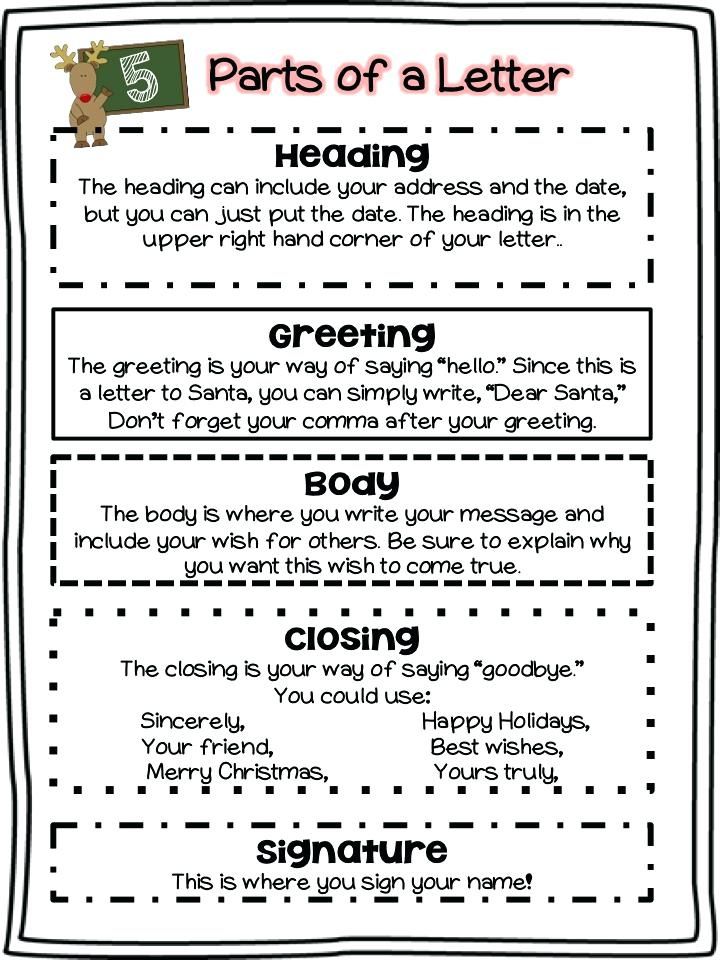
Lace play . Offer your child multi-colored bright shoelaces: let him tie them, twist them, lay out shapes, letters and numbers from them on the table.
- Photo
- Lacheev/Getty Images/iStockphoto
little tricks
. You can start from 2–2.5 years old, when the child can already fix and remember the correct position of the hand. There are several simple and effective ways that allow the baby to master the correct position of the fingers and hand for further writing.
-
The first are specially designed pencil tips. Thanks to them, it is simply impossible to take a pencil wrong! Such “simulators” are available for both right-handers and left-handers. Similar nozzles can be found in various colors and in the form of animals or cartoon characters.
-
The second is exercise.
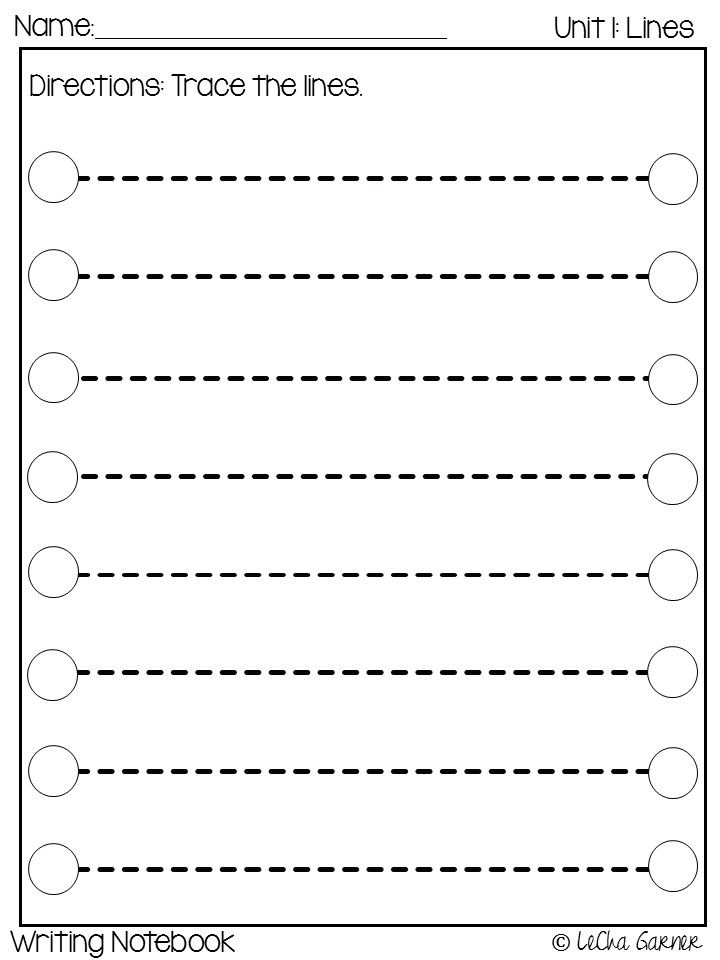 For example, ask your child to hold a napkin with their ring finger and little finger, and take a pencil with their free fingers - the correct grip is formed in a natural way. Option for the little ones: offer the crumbs to “put” the pencil to bed. What are we doing? We put the pencil in the “crib” - on the middle finger, under the head “pillow” - index, and on top of the “blanket” - thumb.
For example, ask your child to hold a napkin with their ring finger and little finger, and take a pencil with their free fingers - the correct grip is formed in a natural way. Option for the little ones: offer the crumbs to “put” the pencil to bed. What are we doing? We put the pencil in the “crib” - on the middle finger, under the head “pillow” - index, and on top of the “blanket” - thumb. -
Third - the use of triangular pens and pencils, which, due to their shape, allow children's fingers to take a natural and correct position (grasp the pencil from three sides). If we talk about the thickness of the pencil, then the younger the child, the thicker the pencil should be. The skill of writing is just beginning to form, and it is much more difficult to keep a thin rod (and even more so to manipulate it!)
How to determine at preschool age whether a child's hand is ready for writing? The accuracy of graphic actions depends on the development of fine motor skills, dexterity of fingers and hands, and the coordination of their movements.
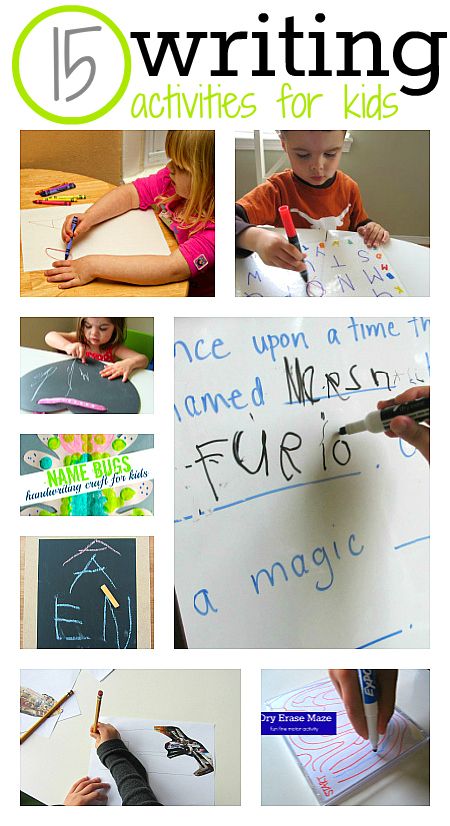 The development of fine finger movements can be judged by observing how the child draws or paints over the details of the picture. For example, if he constantly turns the sheet, that is, he cannot change the direction of the lines with the help of subtle movements of the fingers and hand, then the fingers are poorly developed. Svetlana Voronina, a methodologist, and Lyudmila Nogina, a psychologist at the Chudo-Sad Center for Children's Hospital (St. Petersburg), offer simple tests.
The development of fine finger movements can be judged by observing how the child draws or paints over the details of the picture. For example, if he constantly turns the sheet, that is, he cannot change the direction of the lines with the help of subtle movements of the fingers and hand, then the fingers are poorly developed. Svetlana Voronina, a methodologist, and Lyudmila Nogina, a psychologist at the Chudo-Sad Center for Children's Hospital (St. Petersburg), offer simple tests. Hand writing can be assessed by testing at home.
-
Invite your child to shade the shape or outline of an object. Normal: the strokes should be even, parallel, spaced at the same distance from each other, not going beyond the boundaries of the image.
-
Have him color the object in the picture.
Normal: the strokes should be even, made with medium pressure, without gaps, taking into account the outlines of the borders. -
Offer to continue the given pattern in a notebook with a large cell.

Normal: the child sees the cage, its dimensions, performs the task carefully, strictly according to the model, if there is an inclination, it also makes an inclination.
From dot to letter
You can start learning to write with ordinary strokes or sticks that the kid will draw on a blank sheet of paper the way he wants. No need to try to control the shape and size of the squiggles! Let the baby get used to the position of the hand, which is necessary for writing, and learn to control its movements. Gradually, you can move on to drawing "patterns" on a lined sheet of paper - such an activity perfectly trains the eye and helps to form a sense of the boundaries of the line.
In the future, in mastering the first writing skills, you will be helped by:
Coloring
Coloring pictures is one of the most favorite activities for children. Coloring books can be offered to the baby from the age of three. You just need to choose them according to the age of the child, his interests and preferences.
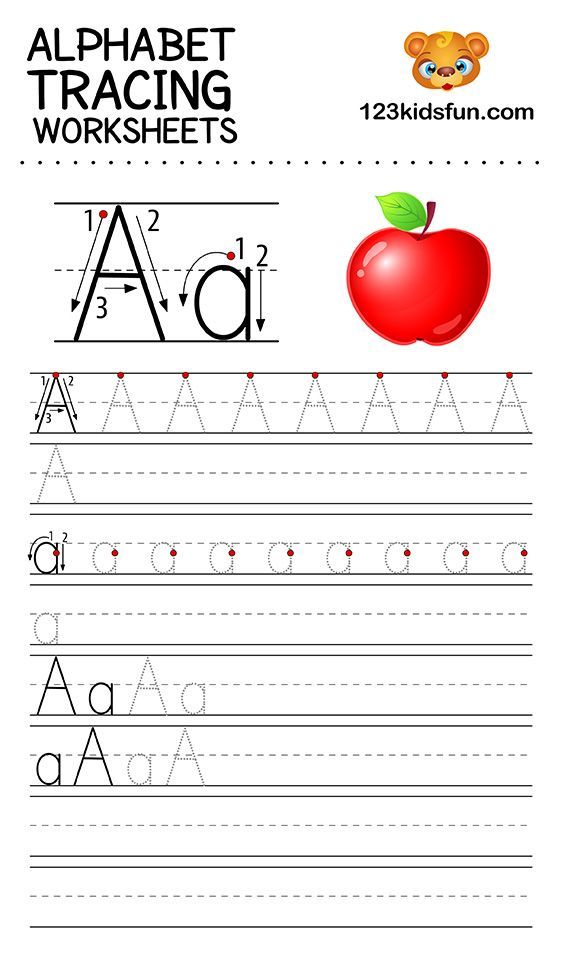 The younger the baby, the larger should be the pictures that he will color. When his hand has mastered the basic movements necessary for coloring, complicate the tasks. For example, show how you can color a picture using the hatching method, and ask your child to do it on their own. Let him shade the details of the picture with a slope to the left, to the right, from top to bottom, from bottom to top, from the center to the edge and vice versa.
The younger the baby, the larger should be the pictures that he will color. When his hand has mastered the basic movements necessary for coloring, complicate the tasks. For example, show how you can color a picture using the hatching method, and ask your child to do it on their own. Let him shade the details of the picture with a slope to the left, to the right, from top to bottom, from bottom to top, from the center to the edge and vice versa. - Photo
- Photodisc/Getty Images/Image Source
Drawing
It is useful to draw with your child images that combine different lines: vertical, horizontal, straight, wavy. Try to connect graphic elements (using arcs, lines, zigzags) and draw ornaments, patterns. This is a good exercise for training the eye and developing the skill of uniform hand movement on paper.
Copybooks
Work with children's copybooks is a good addition to coloring lessons.
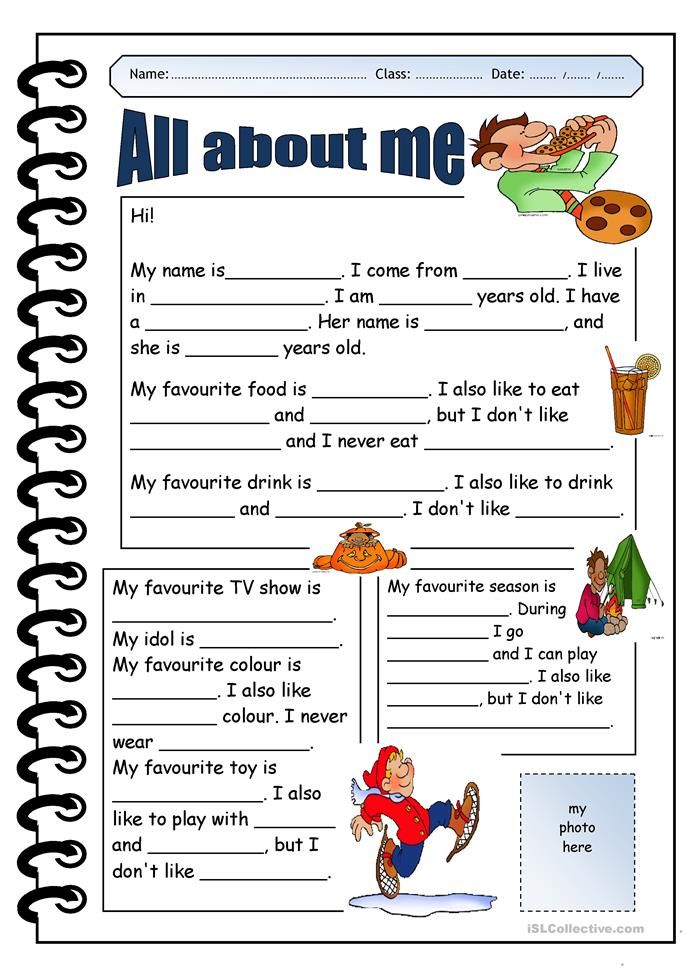 In such notebooks, instead of letters, the baby is invited to trace different shapes, contours, images, curls and dashes.
In such notebooks, instead of letters, the baby is invited to trace different shapes, contours, images, curls and dashes. Letters
At the age of 5-6 years, you can start learning how to write letters. Here it is important to explain in detail and show the child in what sequence the elements of the letters are written, with what proportions. It is best to start with the simplest letters (“o”, “s”, “a”, “l”), gradually moving on to more complex writing. Reinforce the skill by regularly asking the child to write his name (for example, on notebooks, educational books and magazines, etc.), sign a postcard to his sister, grandmother, aunt, etc.
Starting to teach a child to write, tune in to the fact that not everything will turn out right away. Most likely, at first the successes will be modest: the kids squeeze the pencil tightly while writing, and the fingers get tired very quickly. Do not force the child to write for too long and regularly (after 3-5 minutes) do relaxation exercises (squeeze and unclench fingers several times, lightly massage the forearms and hands).
 Do not scold the baby and do not compare his achievements with the successes of other children. Having beaten off the desire for learning in this way, it will be simply impossible to teach him to write beautifully in the future. Save all children's work and after a while compare the results, noting clear progress.
Do not scold the baby and do not compare his achievements with the successes of other children. Having beaten off the desire for learning in this way, it will be simply impossible to teach him to write beautifully in the future. Save all children's work and after a while compare the results, noting clear progress. teacher at the Aristotle educational center, teacher of the Art of the Word program for schoolchildren
Seize the moment
Elena Razukhina, teacher at the Aristotle educational center:
— Should preschoolers start learning capital letters? Some will say: "Yes, it will be easier at school." Others will object: "No, it's still early." How to proceed? Of course, it is necessary to develop the movements of the writing hand (and learn to write), but first the child must learn, put in his memory a graphic image of printed letters. Capital letters are much more complex elements for an unprepared perception and an unprepared hand of a baby.
 With a child of older preschool age, who already knows how to print block letters with a pencil, you can work with coloring books that have separate elements of capital letters, and use a notebook in a ruler.
With a child of older preschool age, who already knows how to print block letters with a pencil, you can work with coloring books that have separate elements of capital letters, and use a notebook in a ruler. There is another point that explains why you should not immediately move on to a full-fledged letter. Mastering each specific letter on paper, you must strictly follow the rule of writing it and connecting it with other letters. Few parents know or remember what those rules are. Imagine such a situation. You have already taught your child how to connect letters and write words, and in the first grade, the teacher will explain to him differently how the letter “o” is connected to the letter “b” (or “o” to “m”). For a first-grader, how the teacher evaluates his work plays a big role, and then he finds out that he writes incorrectly. Of course, unnecessary experiences will follow. Who needs it? It is better to check with the teacher directly in the course of training in the first grade which recipes to purchase for homework, and slowly, after school, practice with the child.
 In addition, in children who learned to write too early, handwriting often deteriorates due to the fact that the hand has not yet been trained and gets tired quickly.
In addition, in children who learned to write too early, handwriting often deteriorates due to the fact that the hand has not yet been trained and gets tired quickly. More useful materials about child development - in our channel at Yandex.Zen .
Evgenia Karpovskaya
Developing writing skills in online lessons with children
Even during face-to-face English classes with children, developing writing skills is a difficult challenge for a teacher. This is all the more difficult to do when we are not physically close to our students. Be that as it may, teaching children to write in English is possible even online.
This article deals with the development of writing skills in children in primary and lower grades. You can watch the stream of Alexey Konobeev about how to work with older guys.
Use a real whiteboard
Even though you're working online, a real whiteboard or paper on the wall behind you makes it a lot easier.
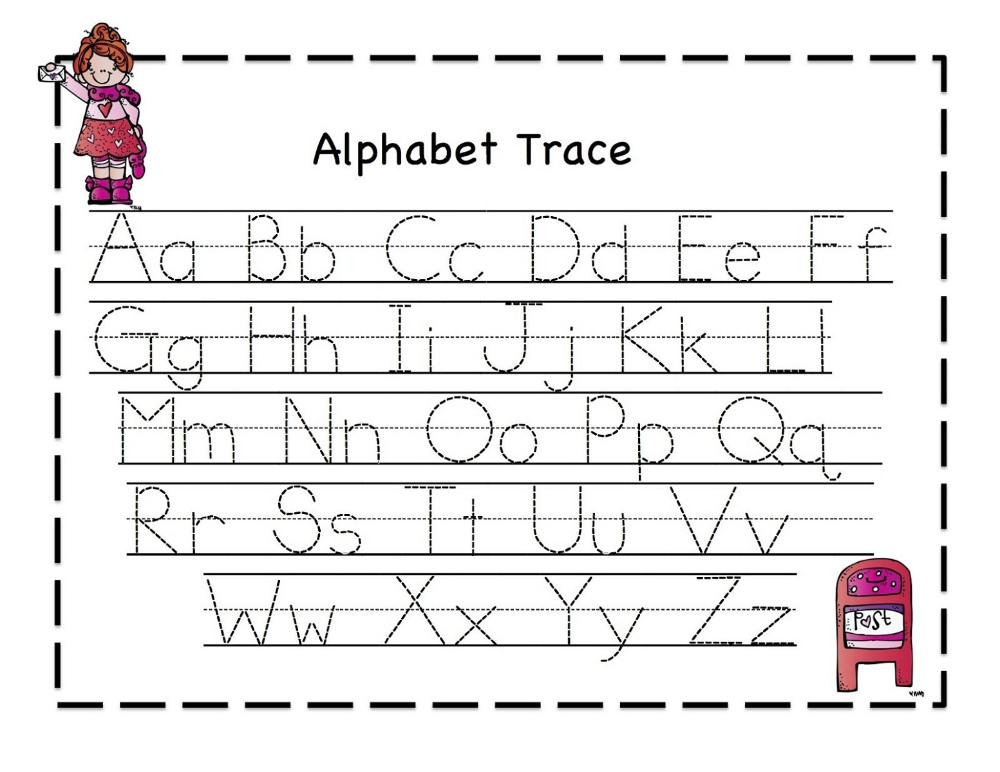 The main thing is to check the settings of your camcorder. Children should see not a mirror image, but a direct image, as if they were looking at you in a normal classroom. Ask parents to buy colorful markers and sketchbooks for their children. You will paint together!
The main thing is to check the settings of your camcorder. Children should see not a mirror image, but a direct image, as if they were looking at you in a normal classroom. Ask parents to buy colorful markers and sketchbooks for their children. You will paint together! You can learn the alphabet with children from songs and cartoons, but you will need to teach them to write these letters personally. Here I advise using both online lessons and mini-tutorials in video format, which will help them to study at home by themselves. Show the children step by step how each letter is written and ask them to repeat after you. In mini-lessons, try to record the movement of your hand so that the child can remember the mechanics of writing letters in 1-2 minutes of viewing. Short videos can be turned into GIFs. Children love them.
Letters must be large to begin with. Children need to try to remember what they look like and how to draw them. I recommend using whiteboards or getting a graphics tablet and showing it all on an interactive whiteboard.
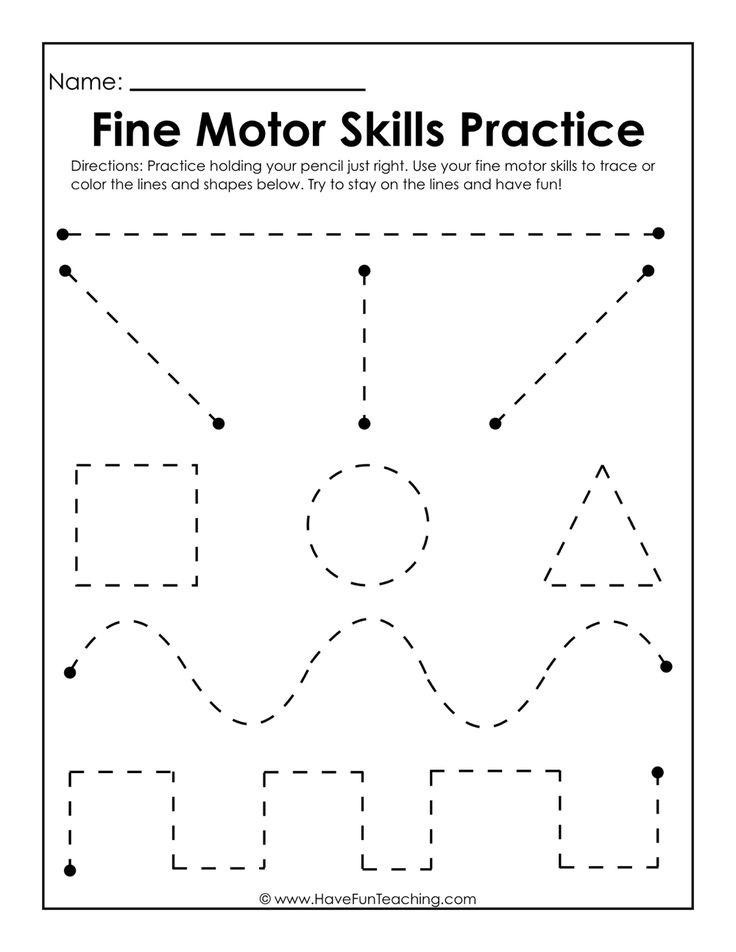 From personal experience: children perceive the board behind you better than what you write with a graphics tablet.
From personal experience: children perceive the board behind you better than what you write with a graphics tablet. Practice writing regularly
Although we focus on new words and phrases in our preschool and elementary classes, writing regularly can make your task easier in the future. Present it as a game or a 5-minute drawing. It is very important to work closely with parents here: the child must have paper, multi-colored felt-tip pens or pencils, and also prepare a printed sheet with all the letters.
Speak the words aloud
When the alphabet is partially or fully mastered, move on to writing the words. For example, the child already knows exactly how the letters c, t, a are written, and you can write the word cat together. Repeat the letters first.
- write each letter yourself on a blackboard or paper and ask the child how it is read;
- ask him to write this letter on a piece of paper and show it to you on the screen;
- be sure to praise the child.
After you have remembered all three letters, tell me what word you will write today. Write the word large on the board and read it. Ask your child to write it on their piece of paper and say each letter. This will take a few minutes, do not rush the child. Ask the child to show the inscription on the screen.
Now that you have the word " cat ", try drawing a kitten using one or more letters from the word. For example, the letter "c" can be easily turned into a funny kitten face. This is necessary so that the child has a little rest, but continues to do things that affect fine motor skills.
Comment aloud on your actions
Suppose you are already learning how to write sentences and write short texts. Show children how the writing process works in practice. Comment on your actions:
- write a text plan;
- select keywords;
- mark the main idea.
When you give homework to write short essays or essays, ask them to go through the preparation steps as well.
 To do this, they will need to submit not only the finished text, but also a plan or draft of their text. This will help you to check that the child himself works with tasks for writing. Ask parents to send you photos of texts or words that you write with your children or ask them to do at home.
To do this, they will need to submit not only the finished text, but also a plan or draft of their text. This will help you to check that the child himself works with tasks for writing. Ask parents to send you photos of texts or words that you write with your children or ask them to do at home. Combine handwriting with printed text
The sooner a child starts typing in English on a computer, the easier it will be for him to adapt to different types of education in the future. Combine writing exercises by hand and typing on the computer.
Interactive whiteboards can be used for this, eg Miro . Start with exercises where you need to insert just the missing letter. Over time, complicate the tasks: place pictures, after seeing which, the child must first name the object in English, then type it on the keyboard and write it by hand.
While a teacher can approach, prompt or cheer up a child during written exercises in the classroom, it is much more difficult to do it online.
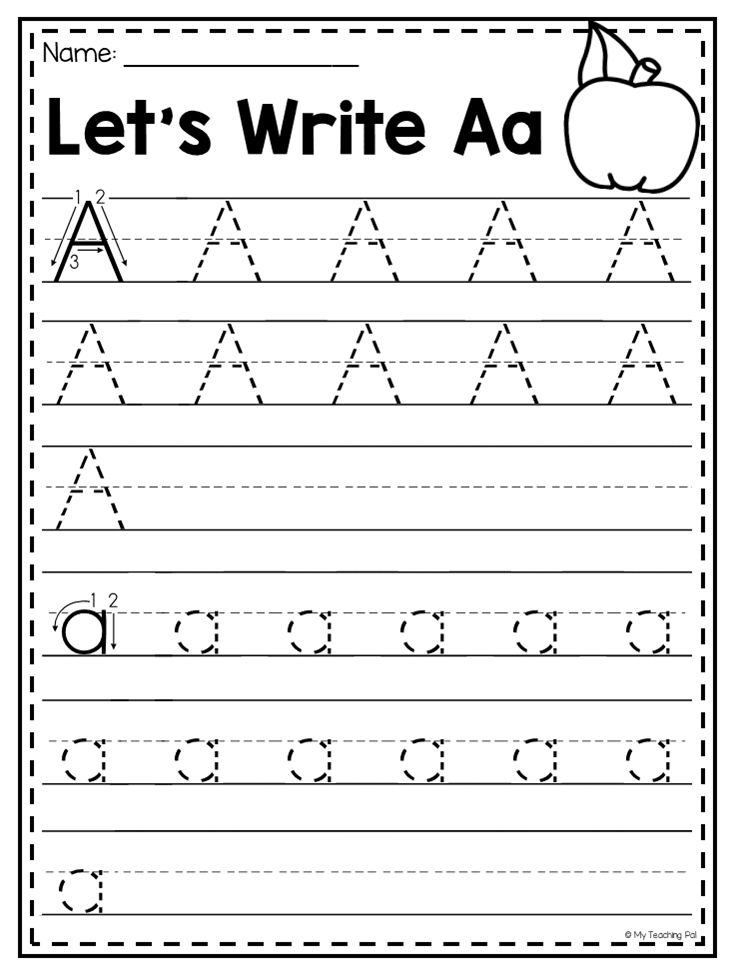
Learn more
-

